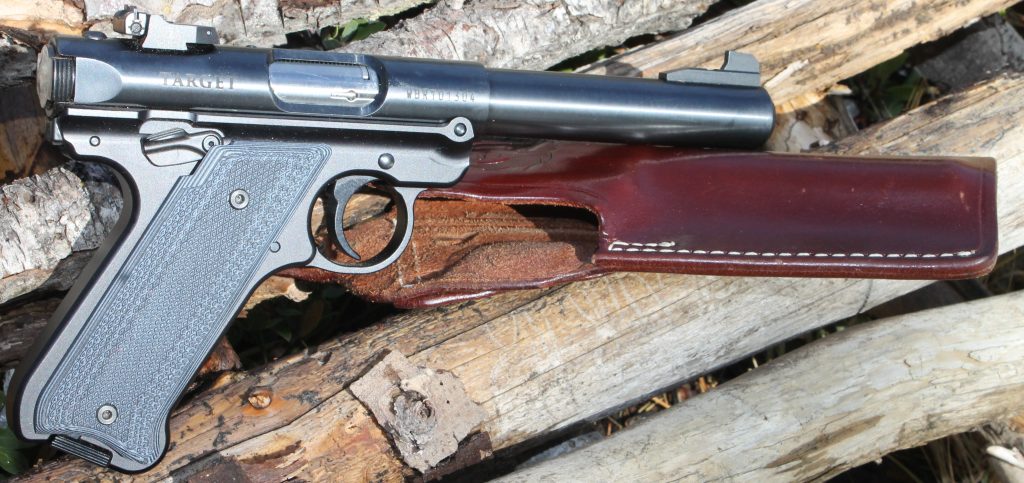
By Dave Workman | Editor-in-Chief
The handgun is a utility firearm, out of the way on a gun belt or in a shoulder holster until it is needed, for putting game in the pot, some recreational shooting, or a sudden emergency.
Since my mid-teens, I’ve seldom wandered off the pavement without a sidearm. In my youth, hunting with a mentor who used hounds in pursuit of raccoons or something bigger, the utility value of a handgun became quickly obvious when both hands were required to make my way through thick brush, up or down hills or crawling over—and sometimes under—fallen timber.
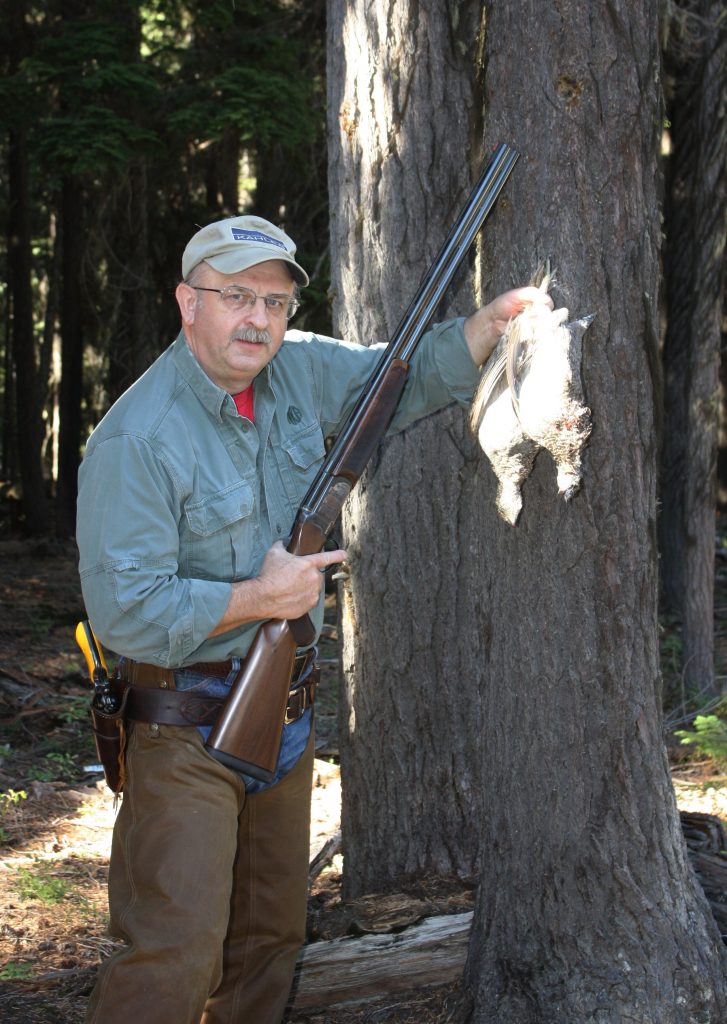
On backpacking treks in my younger days there was always a .22-caliber revolver in the pack when it wasn’t on my belt. On day hikes, nowadays there’s a short-barreled .357 Magnum in an old Bianchi pancake-type on my side, and during the hunting season, my favorite handgun is something chambered for the more potent .41 Magnum or .45 Colt.
Where I live out in the Pacific Northwest, one can be reasonably certain of two things: seasonal rain and the proximity of “things with teeth” on those occasions when you get farther than a few yards off the pavement or a gravel road. Even when I’m cutting firewood, there’s a handgun close by.
I’ve seen bobcats up close right along logging roads. I have encountered bears with cubs, shot a fair number of grouse and a few things bigger with handguns when a rifle or shotgun would have simply been awkward.
I’ve also been known to opt for a sixgun in .45 Colt, which is a potent round when loaded properly; my personal handloads push a 250- or 255-grain lead bullet at nearly 900 fps out of one of my two Ruger New Vaquero revolvers, which are both nicely accurate even with fixed sights.
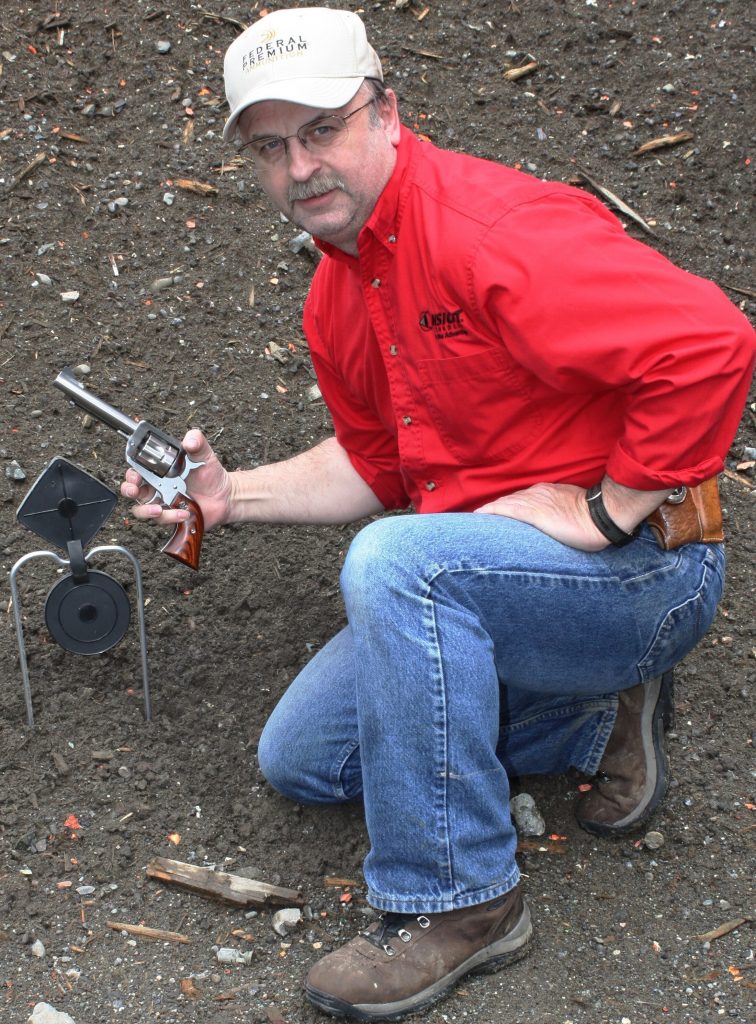
A couple of years ago, I worked up a reliable load using a 100-grain JHP in my Ruger sixgun chambered for the .32 H&R Magnum. No cottontail or snowshoe hare on the planet can take a .32-caliber round in the noggin and hop away. I’ve found H110 to be a good propellant for this cartridge, and spent the better part of a day reloading a lot of empty brass I’d been saving for just such an occasion.
The point of all this discussion about sidearms is that it is far better, in my experience, to have a handgun and not need one than to need a handgun and not have one, especially in the wilds during some remote activity, or even in the wilds of a downtown street at midnight as you’re walking to your car after a late evening gathering with friends, provided the COVID-19 pandemic panic hasn’t erased that opportunity.
The old gentleman mentioned earlier who had hounds he used for chasing bears and raccoons invariably had a .22-caliber Ruger standard pistol—the precursor to the MKI—stashed in a locked box inside of his old International panel truck. It was in a holster on a full cartridge belt, and many was the time I saw him grab that rig and head out after the hounds on a hot raccoon track.
While I’d never counsel anyone to leave a gun in a vehicle these days, I do keep a boxes of ammunition in my personal vehicle to match whatever gun I might have along at any particular time. It doesn’t take up that much space, and at the very minimum I’ll have 20 to 50 cartridges, even if all I’ve got is a .22 pistol.
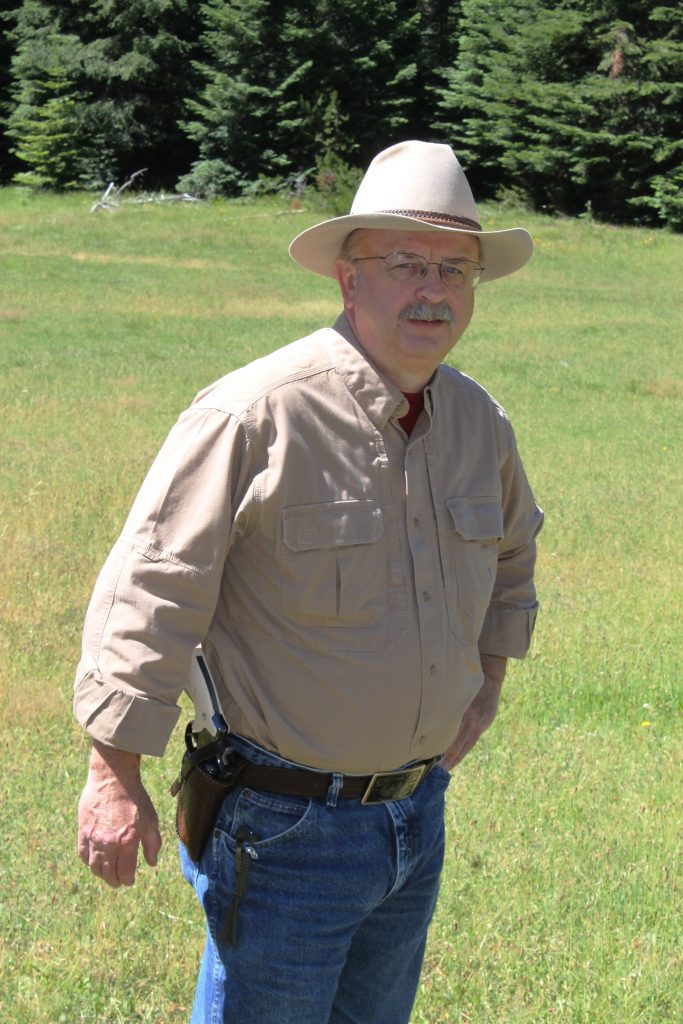
Once on a late summer scouting trip, I was heading up a gravel road several miles from the pavement. It was a typical warm afternoon, with nary another soul in sight, when across the road about 20 yards ahead of me a bear cub and its blonde mother appeared out of the heavy timber on one shoulder and crashed into the trees and brush on the opposite bank. In such a situation, you want to have more than your car keys in hand, and I did.
Nothing came of it as the sow seemed more perturbed with the cub than about any scent of mine she may have picked up, but in that close proximity, it would have been close odds about whether I could escape some harm.
I prefer handguns with adjustable sights in any magnum caliber. Having hunted with various .41 Magnums over the years—either Ruger or S&W—being able to fine-tune the sights to hit what you’re shooting at from a distance is no small consideration. Most handguns are capable of better accuracy than one might think, and having an adjustable rear sight improves your odds of staying on target.
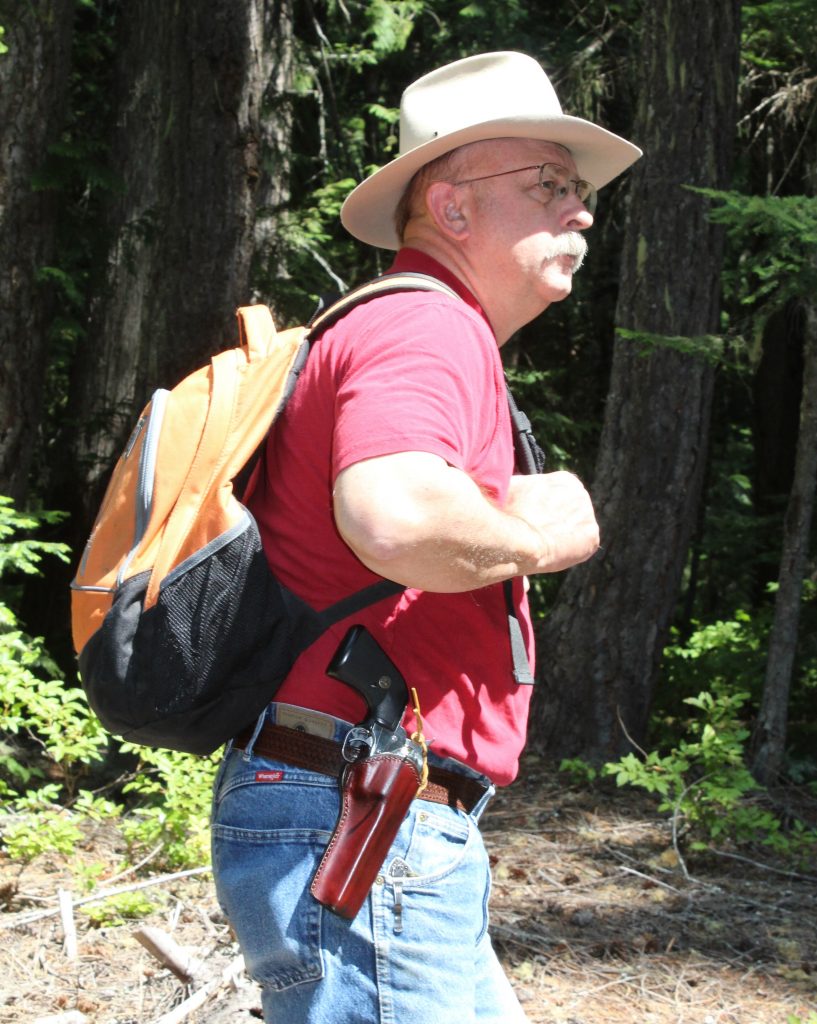
My first magnum handgun was a Model 19 S&W with a 6-inch barrel and the company’s reliable click-adjustable rear sight. With the right loads, that double-action sixgun is capable of remarkable accuracy. I carried it hunting for several years, and it went along on my first trip to Alaska. I’ve shot, or shot at, all kinds of small game with that revolver, and it has never let me down.
Wearing a gun in camp is a habit of mine, especially when one considers that in the early morning or evening when you might be preparing breakfast or dinner, something hungry or stupid might just decide to visit. A few years ago, I was trying to rustle up some breakfast when a 2-point buck came trotting across a clearing well within handgun range.
Lucky for me he wasn’t legal in that management unit because I’d foolishly left my gun on a chair several yards away. But it demonstrated that when opportunity knocks, you need to be prepared.
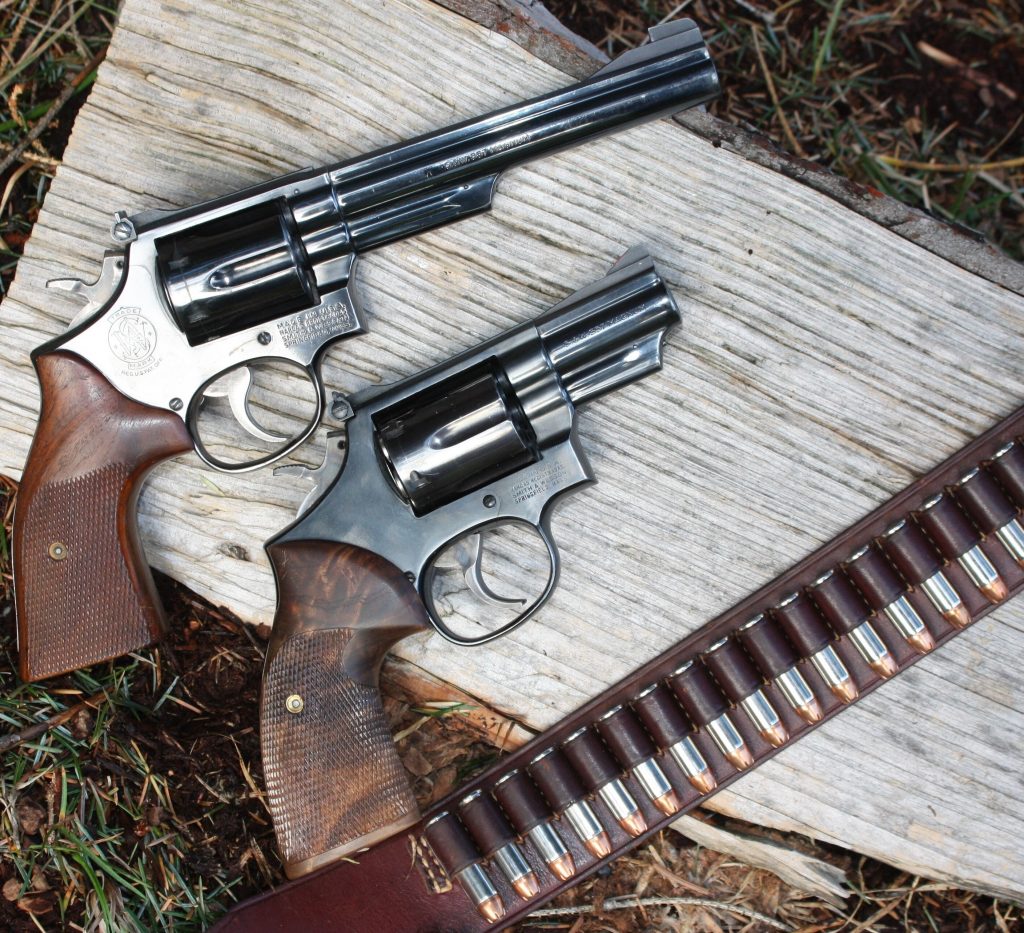
I prefer the revolver for trail work, although I’ve carried a .22 Ruger with spare magazines now and then. A semi-auto is a two-piece handgun and if the magazine is lost or damaged, you’ll be stuck with an awkward single-shot pistol that may not work if it has a magazine disconnect safety feature. Ergo, my spare magazines are always tucked in a pocket or pack. All one needs with a revolver is loose ammunition.
If you’re considering shopping for a new or used handgun, now’s the time to start. Stop by local gun shops and sporting goods stores, check some of the online services such as GunBroker.com, and, and don’t overlook pawn shops, where used firearms might be legally purchased. It’s very good if there’s an indoor shooting range nearby where you might be able to rent one or more revolvers and try them out for feel and function before making a purchase.
A handgun is not just an investment, it could become a life saver, but only if it’s there when you need it, and off the grid, back in the wilds, that could happen and most always by surprise.



